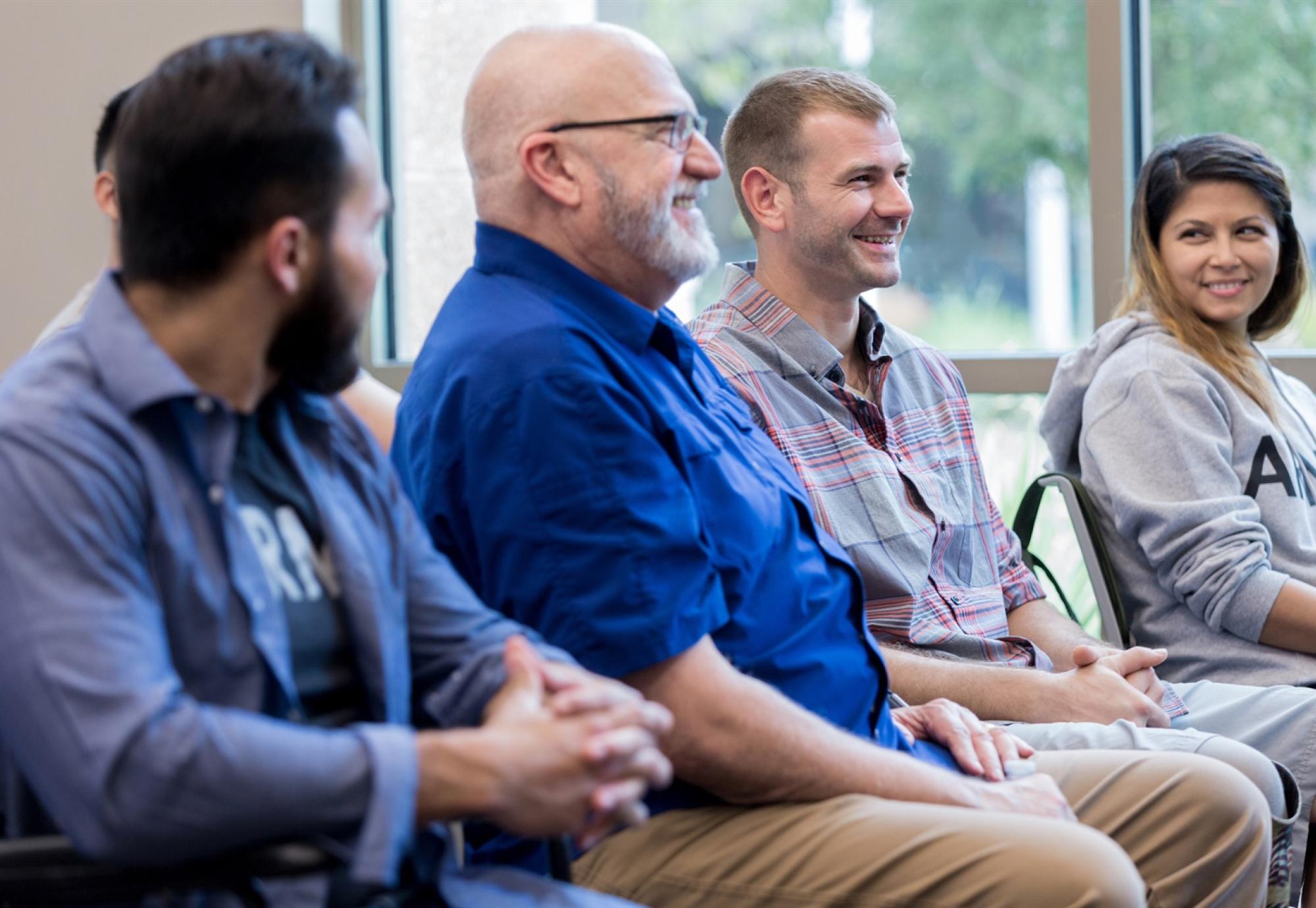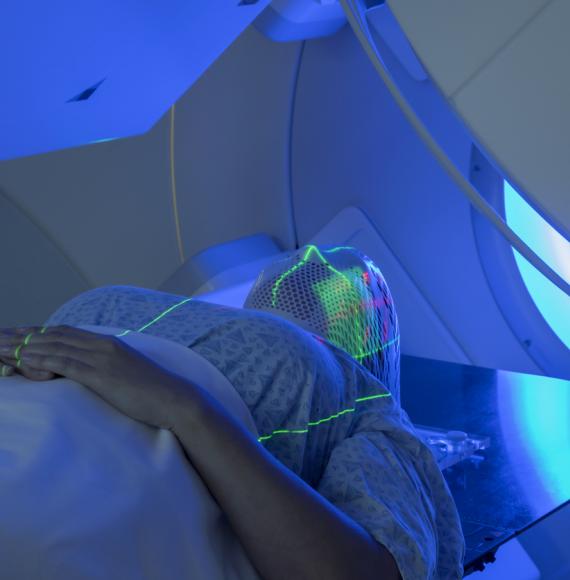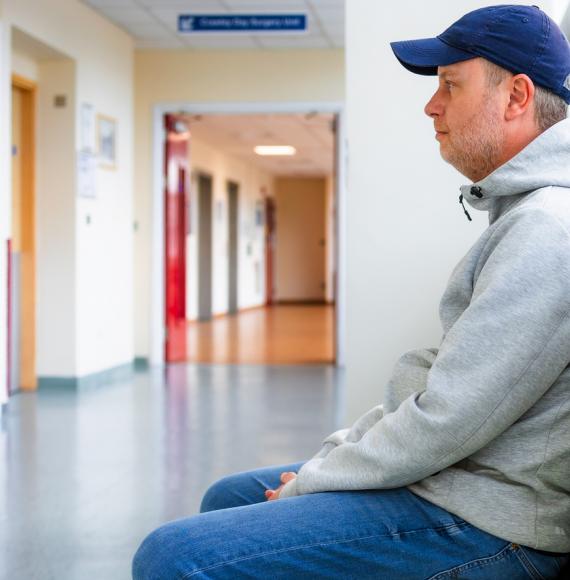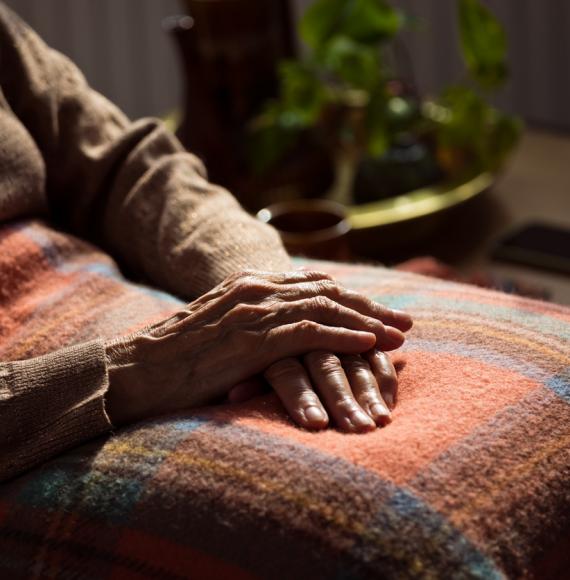The idea that the NHS should be involved in prevention is not a new one. However, in an environment of strained resources and widening health inequalities, with low investment in public services which support people’s health such as social care, transport, and housing, the argument for prevention to be embedded as ‘everyday business’ for partners across systems – including trusts – has never been stronger. The Covid-19 pandemic has thrown into sharp relief the consequences of the pervasive inequalities present in society that have the potential to damage people’s health.
Since statutory responsibility for prevention and public health was transferred to local authorities in 2014, the duty to contribute to reducing health inequalities has been viewed increasingly as a narrow set of services commissioned by directors of public health at local councils. The NHS was seen as having become divorced from the wider context influencing people’s health - described by some as a ‘national treatment service’, rather than a ‘national health service’.
But if we look at trusts’ contribution to prevention as one piece of a complex puzzle, the benefit of working collaboratively with others to address specific challenges for part of the population becomes clear. Our new report, Providers Deliver: New roles in prevention, offers a snapshot of the world before Covid-19, and demonstrates how trusts and their partners have come together around the shared aim of improving people’s health.
READ MORE FROM LEONORA IN OUR LATEST NHE DIGITAL EDITION
For trusts, a core pillar of their preventative work is supporting people with complex health problems to stay well at home and avoid hospital admissions. Lincolnshire Community Health Services NHS Trust designed a service for severely disabled children at risk of respiratory-related hospital admissions. Their children’s rapid response respiratory service brings together teams of physiotherapists, medical staff, and work with children’s family and schools to prevent, and quickly respond to, flare ups. The scheme prevented 64 hospital admissions in the first year.
Liverpool Heart and Chest Hospital NHS Trust also identified a need among people with existing health conditions. To them, the link between physical health and mental health was clear, and through its ‘hearts and minds’ programme now offers psychological support for people with heart conditions as part of their ongoing care.
North East Ambulance Service NHS Foundation Trust has also taken a collaborative approach to tackling a pressing challenge in their area. Older people who had fallen at home were identified as needing more tailored support than they were getting, so they worked with the local clinical commissioning group and acute trust to develop a dedicated team of paramedics and occupational therapists to visit people who had fallen and assess their home and physical health needs there and then, helping avoid hospital admissions and prevent future falls.
Devon Partnership NHS Trust implemented a 'frequent attender' project to improve patient care and provision. This involved creating care plans with the patient and representatives from across the health and care sector.
As large, stable organisations in their local area, trusts can be looked at as ‘anchor institutions’, with an ability to influence outcomes in the local population through employment practices but also their use of spaces and buildings. When Halton Lea was chosen as part of the ‘heathy new towns’ initiative, Warrington and Halton Hospitals NHS Foundation Trust seized the opportunity to be involved, and set out its vision for the hospital site in Halton, set in a large green area, to become an asset for the whole community, offering outdoor space and walking and exercise options for local residents. While they await funding to execute their vision, the trust has already started a youth club and built a rehabilitation garden for the hospital’s cardiac unit.
Imperial College Healthcare NHS Trust also saw the benefit of using assets already abundant in the local community, and explored whether an intergenerational approach, bringing together older people and the younger generation, might help improve people’s health. Children from local schools’ work with patients staying on hospital wards, in a bid to increase connection and boost people’s mood.
READ THE NHS PROVIDERS REPORT HERE
Sherwood Forest Hospitals NHS Foundation Trust saw the need to design healthcare services around people, and found that by bringing services to homeless people in Nottingham, and embedding healthcare, such as drug and alcohol support, sexual health, and foot care into an existing popular soup kitchen rather than expecting traditional settings to work for everyone, the trust was better able to meet people’s needs. Similarly, Yorkshire Ambulance Service NHS Trust recognised that the trust’s unique position in the community presented an opportunity to approach people in their own environment and make a difference to their lives, and set up a pathway between their paramedics and local alcohol misuse teams so that people receiving care from the ambulance trust for alcohol-related falls or injuries could be referred to the teams for support if they were willing.
What our case studies show is that while prevention initiatives in trust settings are dispersed, diverse in scope, and often limited in evaluation, trusts see themselves not only as institutions that treat illness, but are also committed to improving the health of their communities. These case studies are a snapshot of the sector before Covid-19, and as the NHS moves towards recovery, there is an opportunity for the trust sector to contribute to sophisticated, collaborative efforts to improve and maintain population health.



















